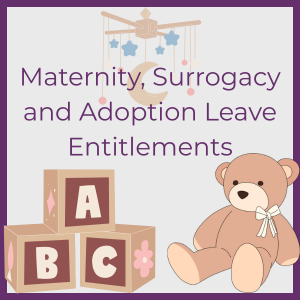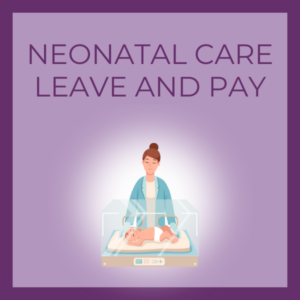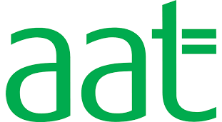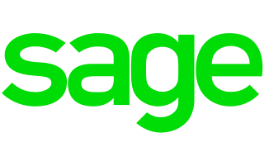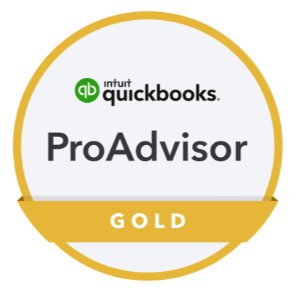
Here, the AMR Bookkeeping Solutions team provides their guide to claiming capital allowances.
What are capital allowances?
Capital allowances are a form of tax relief, allowing UK businesses to pay less tax when they invest in certain business assets. Businesses can deduct all, or part, of the value of any qualifying expenditure from their profits, before calculating the tax liability – cutting tax payments and boosting cash flow.
What different types of capital allowance can businesses claim?
There are two types of capital allowance. These are ‘structures and building allowances’ and ‘plant and machinery allowances.’
How do structures and buildings allowances work?
From April 2020, businesses can claim a 3% rate allowance on the costs of the purchase, construction, or renovation of a structure. Businesses are entitled to claim this allowance for the duration of the allowance period. For structures and building allowances the allowance period is 33 and 1/3 years from the start date.
The structure must be used for a qualifying activity. These include:
- Trades, professions, and vocations
- A property business in the UK or overseas (excluding furnished holiday let businesses)
- Managing the investments of a company
- Fishing, quarrying, mining, and other land-based trades, such as running a railway or toll road
Construction contracts must have been signed on or after 29 October 2018. Read the government’s guidance on claiming capital allowances for structures and buildings for further information.
How do plant and machinery allowances work?
Businesses can also claim capital allowances for plant and machinery. Under capital allowances rules and regulations, businesses can deduct the full value of any items that qualify for annual investment allowance (AIA) orfirst year allowances from their profits, before calculating the tax liability.
Plant and machinery that qualifies for AIA allowances include costs of construction works, parts of a building considered integral, such as lifts, heating and cooling systems and electrical systems. Businesses should check the government guidelines on what counts as plant and machinery for full details.
Items that qualify for a claim under first year allowance include electric cars, gas, biogas, hydrogen refuelling and electric vehicle charging equipment and zero-emissions goods vehicles. The equipment must be new and unused at the time of purchase. Read the government guidelines on what qualifies for first year allowances.
Working out the value of plant and machinery allowances
You can claim back the full cost of an item if you are claiming under:
- AIA (up to the AIA limit of £1 million per accounting period)
- First year allowances (these do not count towards the AIA limit)
For most items, the value will be what you paid for it.
There are some exceptions. If the item was owned before you started your business, or was a gift, use the market value instead. To claim the full value or full market value of an item, businesses must make a claim within the same accounting period that the item was purchased.
Writing down allowances
If you don’t claim the full cost of AIA or first year allowances in the year you made a purchase, you can claim part of the cost back in the following accounting period. This system is called writing down allowances. You can also claim writing down allowances when:
- You are claiming on items that do not qualify for AIA or first year allowances
- You have reached the AIA limit
- You don’t want to claim full value, for instance, if you have low profits
Within writing down allowances, items are grouped into three pools:
- Main pool, with a rate of 18%
- Special rate pool, with a rate of 6%
- Single asset pools, with a rate of 18% or 6% depending on the item
For further information about what expenditure qualifies for each pool, read HMRC’s guide to working out your writing down allowances.
How to make a claim
When you’ve worked out your structures and buildings allowances and your plant and machinery allowances, you are ready to make a claim.
- Limited companies should claim on their company tax return. Make sure you include a separate capital allowances calculation
- Sole traders should claim on their self-assessment tax return
- Partners can claim on their partnership tax return
Sole traders and partners with an income under £150,000 can use a simpler system called cash basis instead. Find out more about cash basis here.
If you would like further information or help with claiming capital allowances for your business expenditure, don’t hesitate to get in touch with the team at AMR Bookkeeping Solutions. Call us on +44 (1892) 489668 for a no-obligation chat, email info@amrbs.co.uk, or fill in our online contact form.


